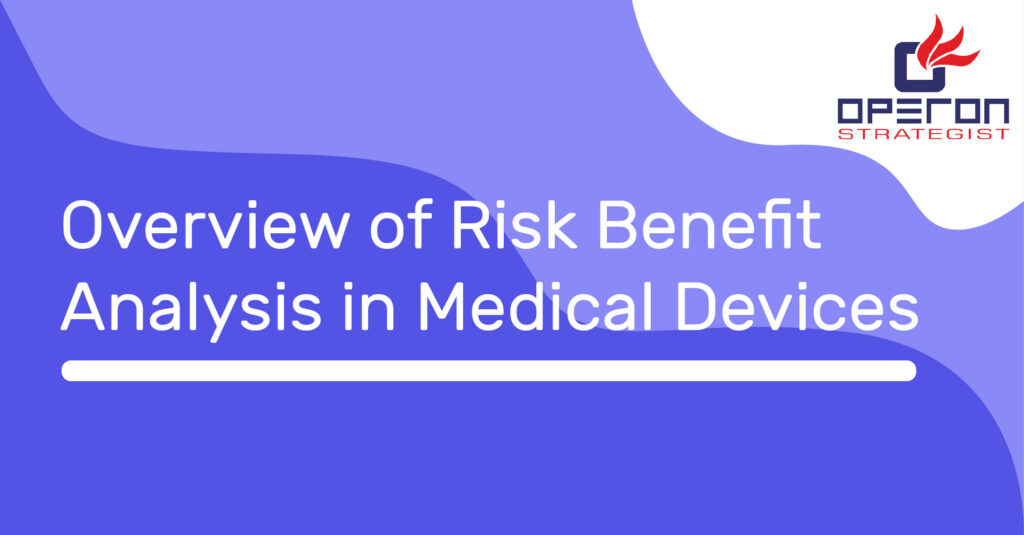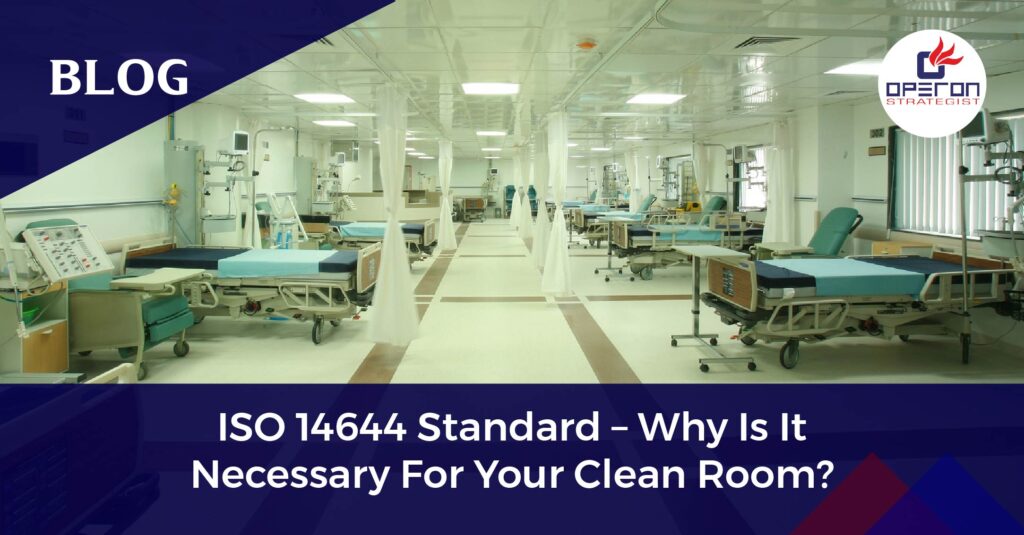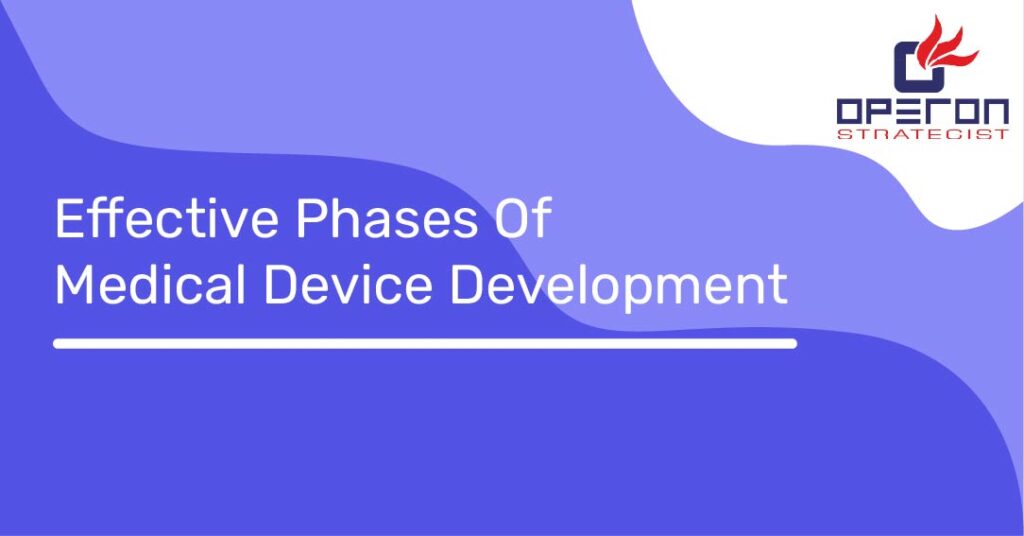Risk Benefit Analysis is a comparison between the risks of a situation and its benefits. The goal is to figure out whether the risk or benefit is most significant. It\’s used often in medicine, because every medical procedure has risks associated with it, and some procedures that could be beneficial actually turn out to statistically cause more harm than good. That\’s how medical researchers figure out whether certain procedures are worth doing and what types of people will benefit.
But Risk Benefit Analysis are useful for everyone. Most of us make our decisions fairly subconsciously. By actually thinking about the risks and benefits, we can make better decisions about our lives. When medical device engineers design a new medical device, a Risk Benefit Analysis must be conducted to accurately assess the risk posed by the medical device. A Risk Benefit Analysis takes the probability of occurrence of HARM and the consequences of that harm and justifies those based on the overall benefit of the medical device for the end user.
- We are leading Medical Device CE Marking certification Consultant for medical device disposable implant manufacturers, medical disposable syringe manufacturers, surgical instrument manufacturers, orthopedic implant.
- As CE mark consultants for medical devices we’ll help you for the process of making a defined technical file with all the product details.
- We will help you in meeting European submission standards that state the product offered is in compliance with the exact requirements of European safety.
Looking Forward To CE Marking Process For Medical Devices ?
We help you in the process of making a defined and comprehensive technical file with all product details required for CE marking.
The life sciences sector is undergoing a plethora of unprecedented regulatory changes, affecting organisations involved in pharmaceuticals, medical devices, and in-vitro diagnostics. With the new EU MDR adopting a more universally risk-based approach compared to the EU MDD (93/42/EEC), more explicit requirements for manufacturers are laid out regarding the maintenance of a risk management program and life-cycle risk management.
Risk Benefit Analysis of Medical Device is tough and interesting. Medical devices are developed for certain medical purposes, which means that they have certain benefits. So, we should compare the benefits with the risks, to determine the acceptability of risks of a particular medical device. The products which we are used for the treatment of patients having some side effects or harms, but we should use them to save the lives.
If we came to know that there is a probability of occurrence of harm, associated with the use of particular medicine or medical device, then we should estimate the severity of that harm. We generally called it as “Risk”. There are different levels of severities for different types of harms for a particular medical device, based on its intended use. It means there are different levels of risks associated with a device and we should estimate each risk for its acceptability to use on humans.
Role of Benefit Risk Analysis
Risk Benefit Analysis plays a crucial role in the approval of medical devices, hence the organizations having a team of specialists and consultants to analyze the benefits over the risks for a medical device. The specialists and/or consultants having wide knowledge of medical devices design, regulations are capable of comparing the benefits over the risks by providing the proper justifications. At the same they can guide the organization for any modifications in the device, if required, after the Risk Benefit Analysis.
Significance of Risk Benefit Analysis in MDR / IVDR
Risk benefit analysis helps us to estimate the severity of the harms associated with a medical device during the design and development phase. Based on that manufacturer can modify the design, change the materials, or provide more controls for the safety during its use.If the control measures applied to the medical device doesn’t reduce its significance, those risks are considered as the Residual Risks. Risk-Benefit Analysis is done on those residual risks for the determination of its Risk-benefit ratio and its acceptability.
Risk Benefit Analysis is performed during following stages of CE Marking
As part of risk management through out the life cycle of the Medical Device, all risks should be reduced as far as possible without affecting the risk-benefit ratio. Clinical evaluation should contain the clinical evidence for the risk- benefit analysis. Data gathered during the Post market surveillance to update the Risk- Benefit determination and its continuous reassessment. PSUR shall be updated with the conclusion of the Risk-Benefit determination. The non serious incidents or undesirable side effects should be analyzed for risk- benefit and that have significant impact should be trend reported.
The benefit risk analysis is linked with the so-called evaluation of residual risks. The criteria used for the evaluation of the overall residual risks are different from the acceptability criteria of each single risk. In fact, the criteria used to evaluate individual risks usually include limits for the probability of occurrence of harm with a particular severity. The criteria used to evaluate the overall residual risk are often based on additional elements, such as the benefits of the intended use of the medical device.

-
Operon Strategisthttps://operonstrategist.com/author/snehal/
-
Operon Strategisthttps://operonstrategist.com/author/snehal/
-
Operon Strategisthttps://operonstrategist.com/author/snehal/
-
Operon Strategisthttps://operonstrategist.com/author/snehal/





